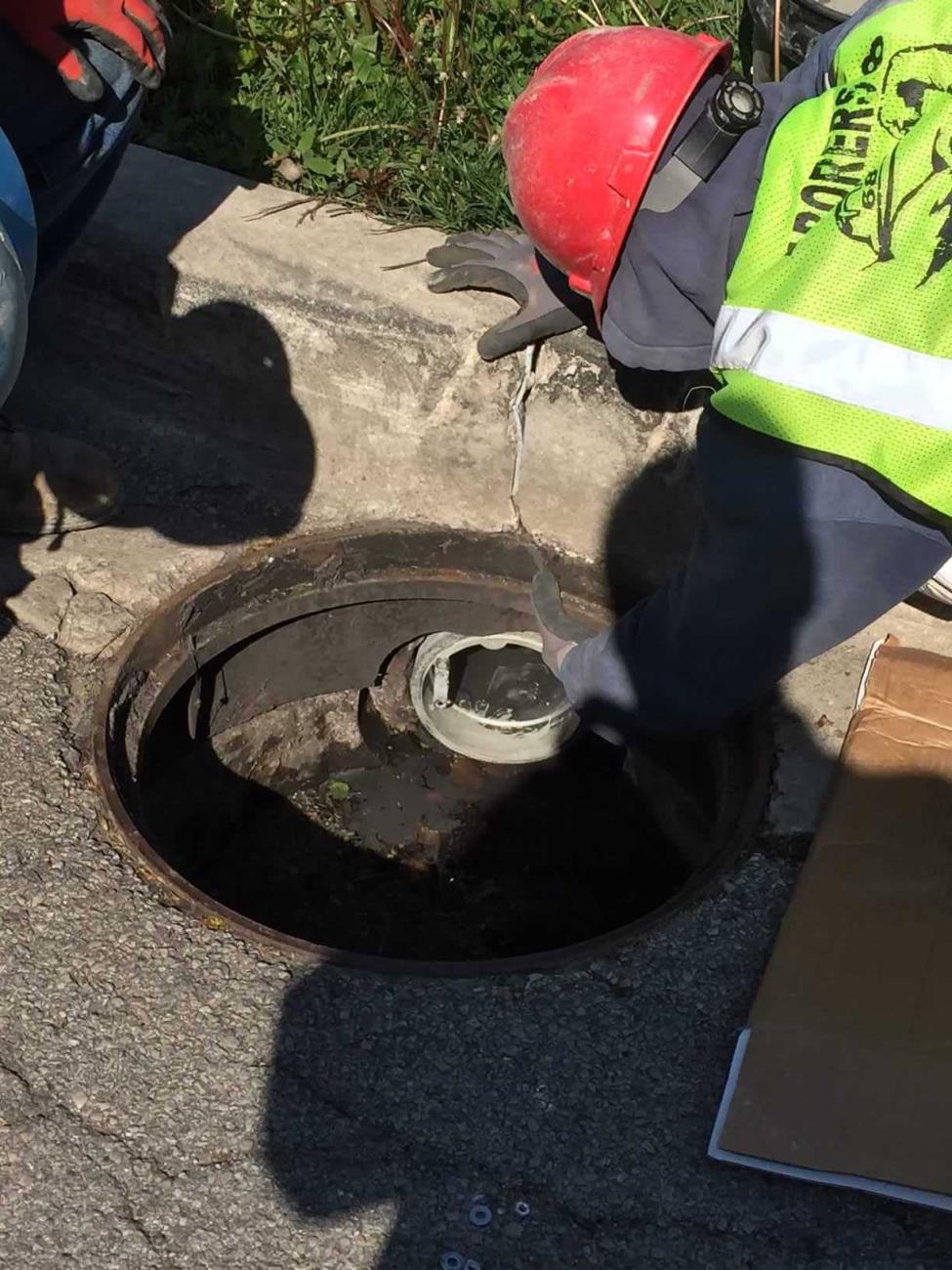Solution
WaStop® Inline Check valve
12 WaStop Inline Check Valves in stainless steel sized: NPS 8-12” (DN200-300)
Thanks to: Fischer Harris and Hancock Engineering.
Forest View originally had a combined sewer and stormwater system. However, development in the area due to increasing popularity led to more hard surface areas, which led to increased runoff during periods of heavy rain. It became such a problem that the two systems were eventually separated in the 1960s to prevent heavy rainfall from overloading the sewer system and causing backflow into residential properties. Instead, the two systems merged just before they reached the treatment plant. The construction of a dedicated stormwater outfall allowed the two systems to be completed isolated from each other, with separate storm and sanitary sewers.
Despite having separate systems, the low-lying areas around Wenonah Avenue still suffered from flooding during heavy rainfall. This was due to inadequate stormwater sewers, for which there were several solutions. Two of these would be able to prevent flooding without affecting the nearby areas. One of the solutions was to lay larger pipes, which would then store the water until the rainfall subsided and the system could drain. However, this solution was costly and disruptive. In addition, the soil in the area was analysed as part of the feasibility study and was found to be inappropriate for this type of work, so another solution was investigated.
Brad Clark from at Hancock Engineering learned about WaStop inline check valves during a presentation given by Eric Johansson. He immediately recognised the reliability of the cone shaped membrane and knew it would be less prone to clogging than other check valves. He also saw the benefits of the low headloss and pulsating flow, as it meant his pipes would empty quickly and debris would be kept away from the outlet.

12 WaStop Inline Check Valves in stainless steel sized: NPS 8-12” (DN200-300)
Thanks to: Fischer Harris and Hancock Engineering.